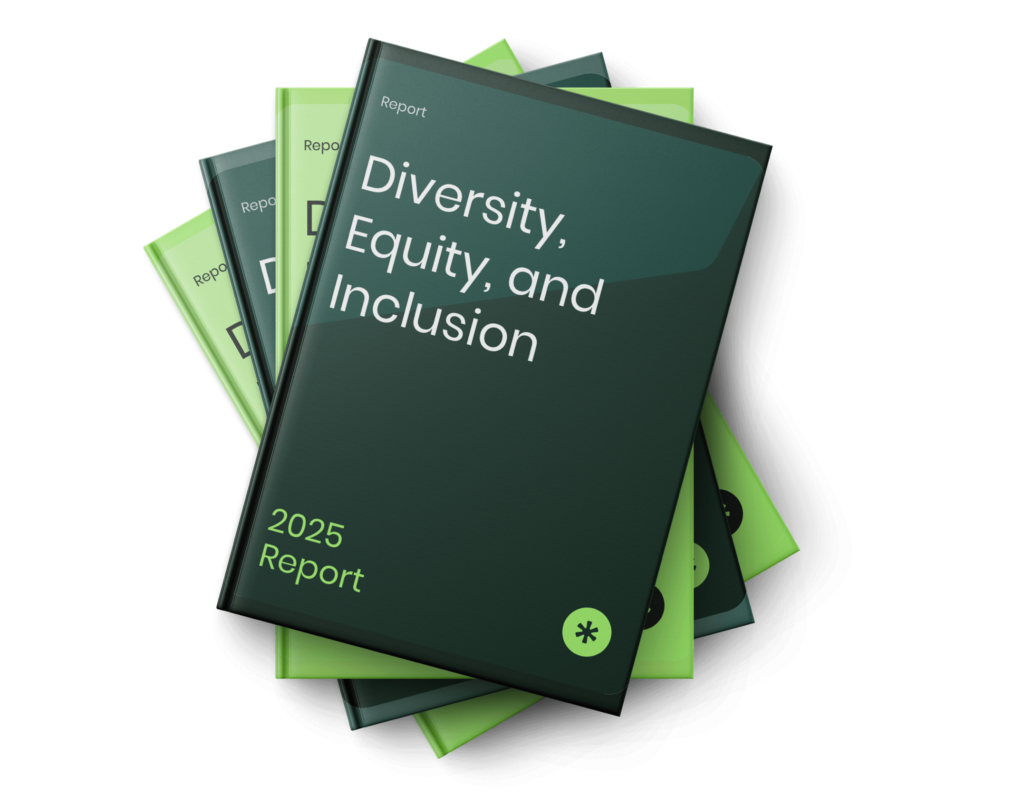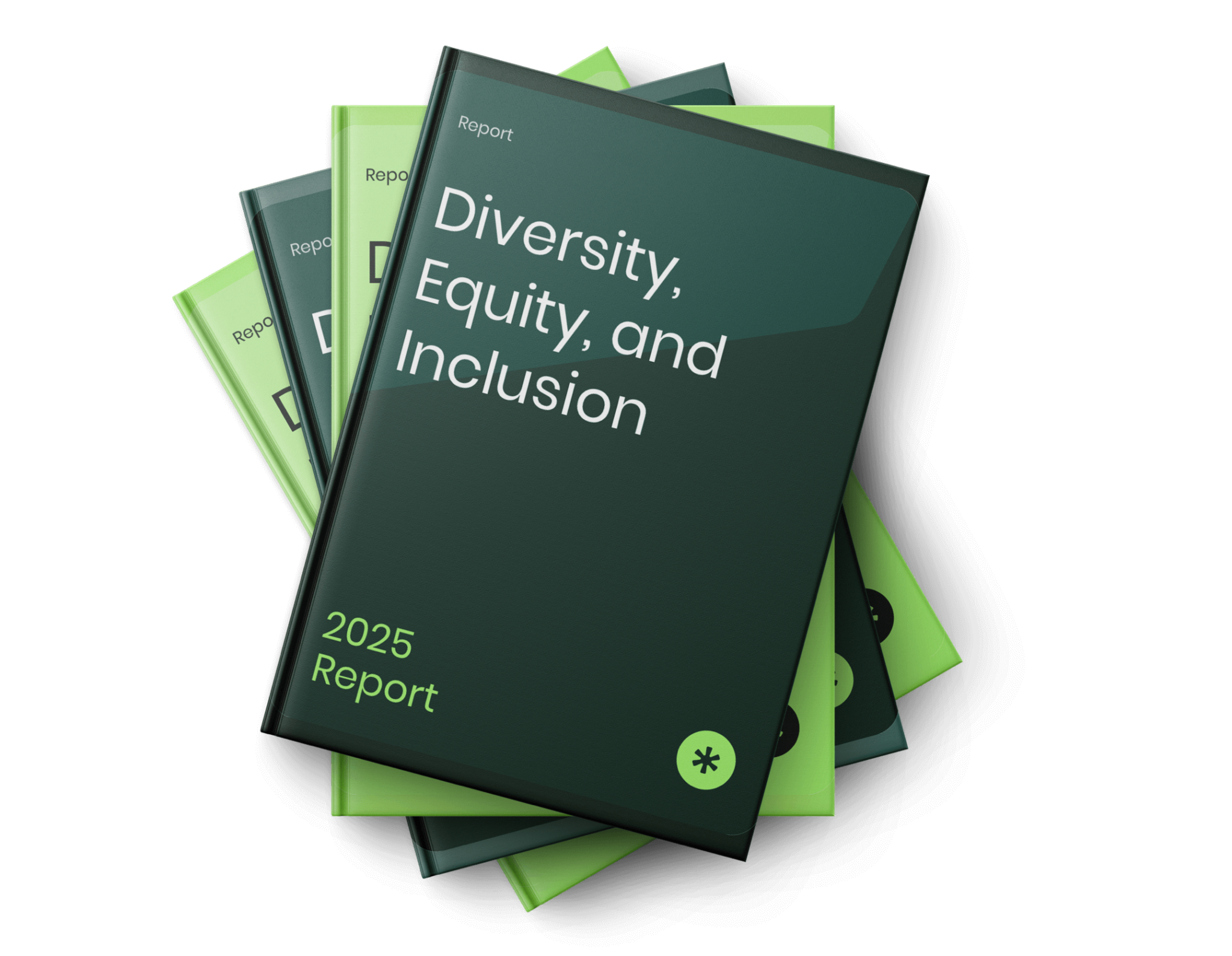In today’s globalized and interconnected world, diversity and inclusion (D&I) are no longer just buzzwords—they are critical components of a successful, innovative, and sustainable business. Companies that prioritize D&I benefit from a wider range of perspectives, improved decision-making, and stronger employee engagement. More importantly, fostering an inclusive workplace is simply the right thing to do.
Here’s why diversity and inclusion should be a priority for every organization:
1. Drives Innovation and Creativity
Diverse teams bring together people with different backgrounds, experiences, and ways of thinking. This variety leads to more creative problem-solving and innovative ideas. Studies, including those from McKinsey and Harvard Business Review, consistently show that companies with diverse workforces outperform their peers in innovation and profitability. When employees feel included and valued, they are more likely to contribute their unique insights, leading to breakthrough solutions.

2. Enhances Decision-Making
Homogeneous teams often fall into groupthink, where similar perspectives lead to unchallenged assumptions. In contrast, diverse teams consider multiple viewpoints, leading to better-informed and more balanced decisions. Research from Cloverpop found that inclusive teams make better business decisions up to 87% of the time and deliver decisions twice as fast with half the meetings.
3. Improves Employee Engagement and Retention
Employees who feel included and respected are more engaged, productive, and loyal. A Deloitte study found that 83% of millennials are more engaged when they believe their company fosters an inclusive culture. High turnover is costly, and companies that fail to create inclusive environments risk losing top talent to competitors who do.
4. Expands Market Reach and Customer Connection
A diverse workforce better understands the needs of a diverse customer base. Whether it’s cultural nuances, language preferences, or accessibility considerations, inclusive companies can connect with broader audiences. For example, brands like Nike and Microsoft have successfully leveraged diversity in their teams to create products that resonate with global consumers.
5. Strengthens Employer Brand and Attracts Top Talent
Job seekers—especially younger generations—prioritize diversity and inclusion when choosing employers. A Glassdoor survey revealed that 76% of employees and job seekers consider diversity an important factor when evaluating companies. Businesses that champion D&I attract a wider pool of skilled candidates, giving them a competitive edge in recruitment.
“Mitigates Risks and Enhances Compliance.
Beyond ethical reasons, many countries have laws promoting workplace diversity and preventing discrimination. Companies that proactively embrace D&I reduce legal risks and reputational damage associated with exclusionary practices.”CEO & Owner Tweet
6. Reflects Social Responsibility and Ethical Leadership
Businesses have a responsibility to contribute positively to society. By fostering diversity and inclusion, companies demonstrate a commitment to fairness, equality, and social progress. This builds trust with employees, customers, and investors who increasingly support organizations with strong ethical values.
Essential Transaction Codes Unveiled
How to Build a Truly Inclusive Workplace
Leadership Commitment: D&I must start at the top, with executives setting clear goals and accountability.
Unbiased Hiring Practices: Implement blind recruitment, diverse interview panels, and inclusive job descriptions.
Ongoing Education: Provide training on unconscious bias, cultural competence, and allyship.
Employee Resource Groups (ERGs): Support affinity groups that empower underrepresented employees.
Regular Feedback: Measure progress through surveys and adjust strategies based on employee input



This is a great reminder that financial planning isn’t just about numbers; it’s about aligning your money with your life goals. Physician Lifecycle Planning can help you make the most of your earning potential while ensuring you’re also prioritizing your well-being and quality of life.